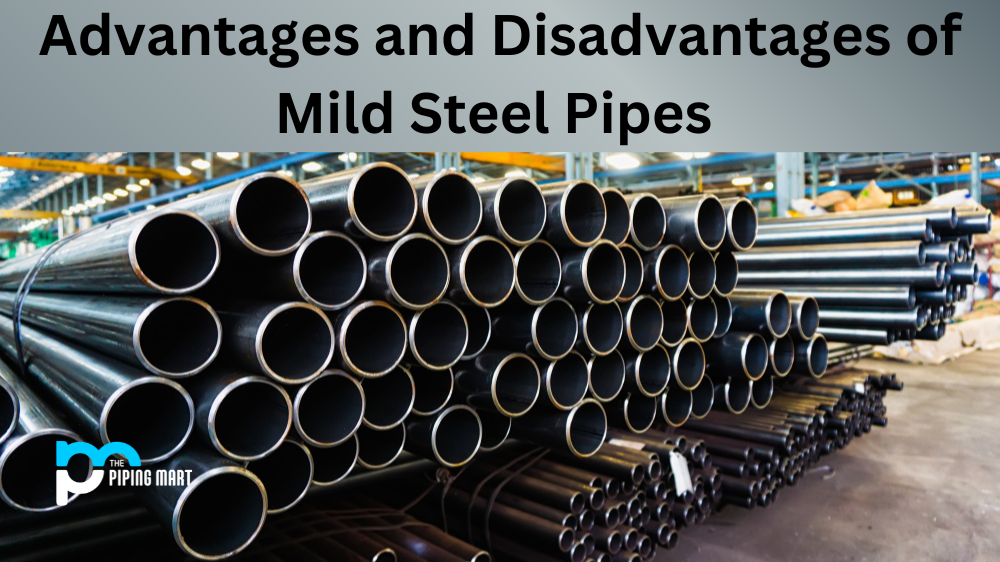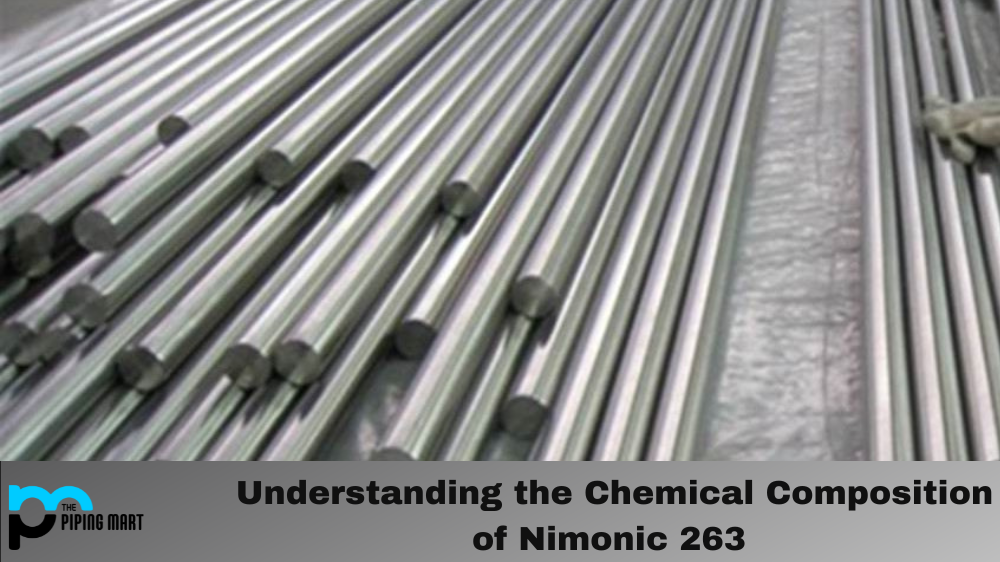If you’re in the steel market, you’ve likely come across the terms “aluminum killed” and “silicon killed.” But what do these terms mean? And how does aluminium killed steel differ from silicon-killed steel? This blog will explore how these two types of steel are made and discuss their properties.
Aluminium Killed Steel
Aluminum-killed steel is produced when molten aluminium is added to molten iron or steel. Adding aluminum removes carbon monoxide from the material, resulting in lower oxygen content and improved surface finish. Aluminum kills the shape of the steel by deoxidizing it, meaning that it eliminates impurities like oxygen and nitrogen while improving its mechanical properties.
Aluminum-killed steels have excellent hot working characteristics and are commonly used in automotive parts such as springs, valves, and cylinders. They also have good weldability and formability, making them a versatile option for many applications.
Silicon Killed Steel
Silicon-killed steel is produced by adding molten silicon to molten iron or steel. Like aluminum, this process removes carbon monoxide from the material, resulting in lower oxygen content and improved surface finish. Silicon killing helps reduce internal stresses within the material during cooling, which improves the mechanical properties of the final product. Silicon-killed steels are often used in applications where high-strength materials are required, such as automotive frames and components and structural I-beams for construction projects.
Both silicon-killed and aluminum-killed steels have their unique benefits depending on your application requirements. Depending on your needs, you may choose one type over another or opt for both depending on your specific application needs.
Difference in Properties
The main difference between Aluminium Killed Steel and Silicon Killed Steel is their respective properties. Aluminium Killed Steel is typically softer and more weldable than Silicon Killed Steel, while Silicon Killed Steel generally is harder and has a higher strength-to-weight ratio.
Difference in Applications
Due to their different properties, Aluminium Killed Steel and Silicon Killed Steel are used in different applications. Aluminium Killed Steel is typically used in applications where weldability and formability are essential, such as automotive body panels. Silicon Killed Steel is typically used in applications where high strength and low carbon content are essential, such as pipeline construction.
Difference in Cost
Another difference between Aluminium Killed Steel and Silicon Killed Steel is their cost. Aluminium Killed Steel is typically more expensive than Silicon Killed Steel due to the higher cost of aluminum. However, the two types of steel are often price competitive when compared on a strength-to-weight basis.
Difference in Availability
Aluminium Killed Steel and Silicon KilledSteel are both widely available from worldwide steel suppliers. However, due to its lower cost, Silicon KilledSteel is typically more widely available than AluminiumKilledSteel.
Conclusion:
Aluminum-killed and silicon-killed steels offer different benefits depending on your application requirements. Aluminum killing improves hot working characteristics, while silicon killing reduces internal stresses within the material during cooling, which can improve its mechanical properties. Consider carefully which type of killing best meets your needs before investing in either type of steel!
Meet Heer, a dynamic and driven writer learning tricks of her trade in the metal industry. With a background in Digital Marketing, Heer brings a unique perspective to her writing, sharing valuable insights. Apart from blogging she like reading and hiking.



